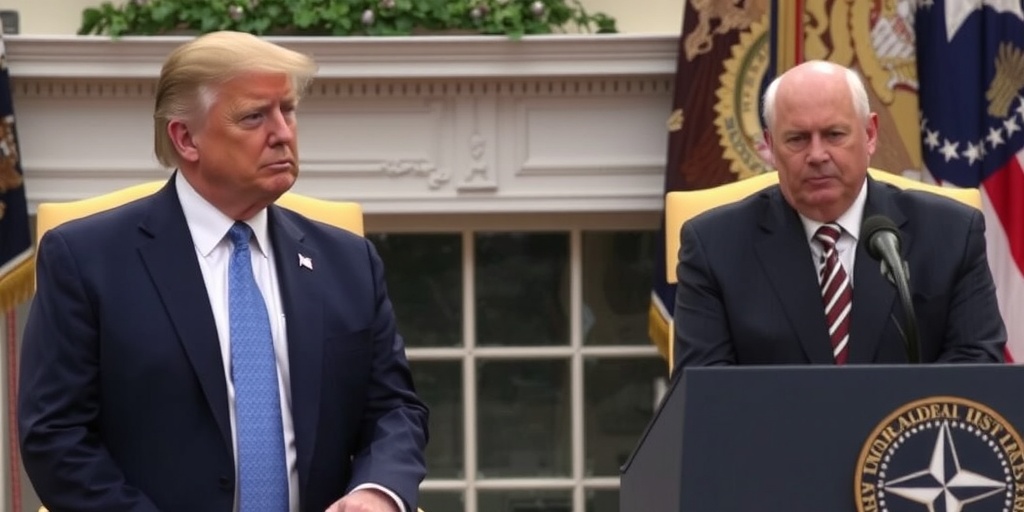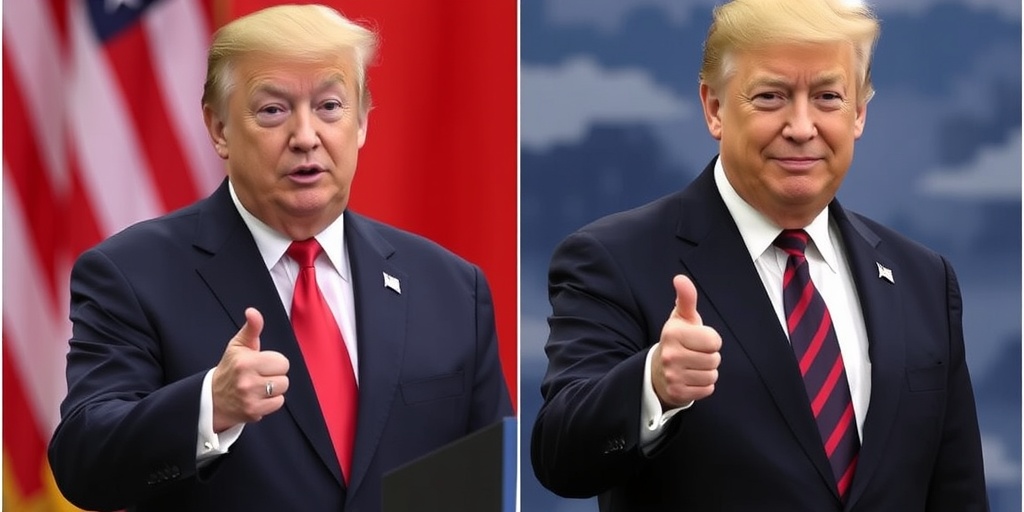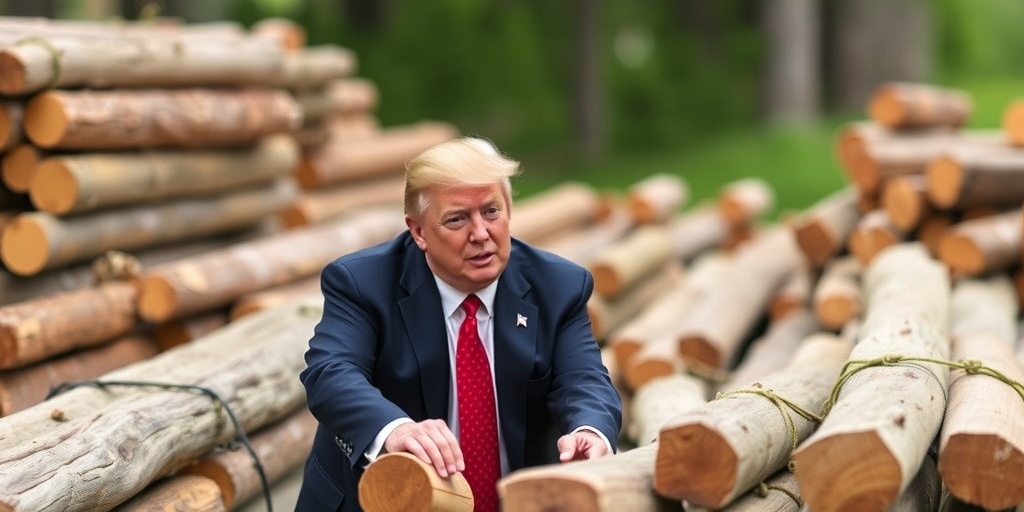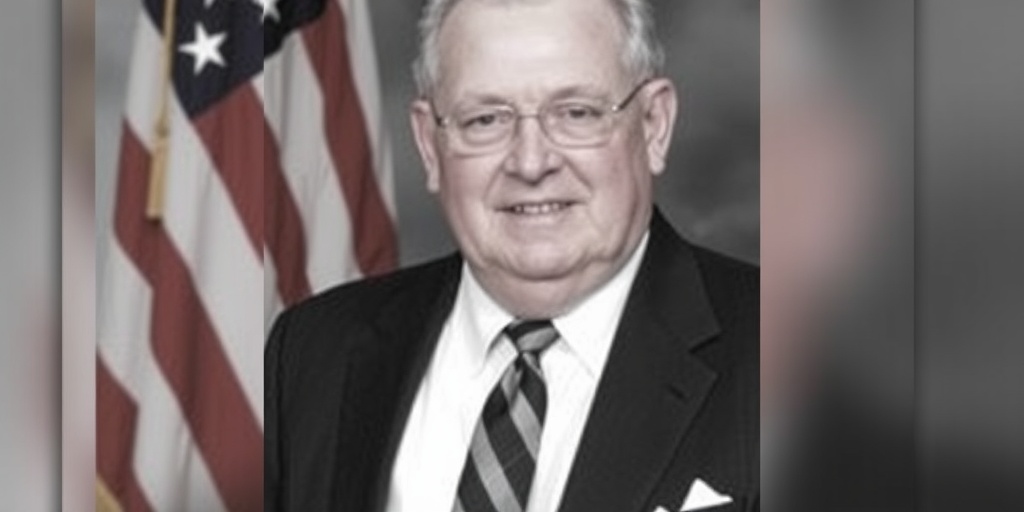Now Reading: Trump’s Actions Undermine NATO, Despite Staying In
-
01
Trump’s Actions Undermine NATO, Despite Staying In
Trump’s Actions Undermine NATO, Despite Staying In

Title: NATO’s Stability in Question as Trump Challenges Alliance Dynamics
In recent months, the integrity of NATO has come under scrutiny as former President Donald Trump has shifted his approach toward the alliance, raising alarms among European leaders. During his first term, Trump frequently suggested that the United States might withdraw from NATO, jeopardizing the cohesion of this significant military alliance established in the aftermath of World War II. In his second term, however, Trump appears to be pursuing a more insidious strategy: undermining NATO’s strength from within.
Trump’s choice to reverse the bipartisan consensus that has characterized U.S. support for Ukraine amidst Russia’s ongoing aggression has left NATO leaders grappling with a daunting question: Would Trump guarantee the defense of any member state that faced an attack from Russia? This fundamental doubt regarding American commitment to NATO has emerged as a central issue following Trump’s recent conciliatory gestures towards Russian President Vladimir Putin.
At a recent security conference in Munich, a senior German official emphasized the gravity of the situation, indicating that trust in the alliance’s foundational principle—that an attack on one member warrants a collective response—has been severely compromised. Trump’s alignment with Moscow’s narrative, which falsely portrays Ukraine as the provocateur in this conflict, has bewildered NATO allies, who now question the reliability of a partnership with the U.S.
European officials were uneasy when Trump assumed the presidency, fully aware that his administration could disrupt long-established norms of the post-World War II international order. His campaign rhetoric, suggesting that NATO countries not meeting the U.S. expectations of military spending could become targets for Russian influence, alarmed European leaders. Although they recognized that the U.S. remained a formidable nuclear power supporting NATO, they also feared that Trump’s unpredictable statements could weaken the alliance from within.
The speed at which NATO’s cohesion is deteriorating is astounding, particularly during a period when European leadership faces challenges. The imposition of tariffs that discriminated against allies was viewed as problematic yet manageable. However, Trump’s recent remarks at the Munich Security Conference, where Vice President JD Vance appeared to endorse the far-right German political party Alternative for Germany, have intensified concerns over NATO’s unity.
As the Munich conference concluded, many European leaders were taken aback by not only Trump’s diminished support for Ukraine but also his overt alignment with Putin. This dramatic turn of events has prompted discussions about the future viability of the alliance, especially given European leaders’ suggestions of an independent European military force amidst a U.S. withdrawal.
During the conference, Ukrainian President Volodymyr Zelensky explicitly called for the formation of a “European army,” independent of U.S. support, underscoring a growing concern among European leaders that they could not bank on American assistance in the face of aggression. Although some European officials privately questioned Zelensky’s credibility as a spokesperson for this idea, they acknowledged the underlying truth that Europe must prepare for potential unilateral military action if the need arises.
Despite these discussions, many in Europe are acutely aware that they are far from ready to assume full responsibility for their own defense. EU military integration has been slow and fraught with challenges, as many nations have significantly reduced their military capabilities since the end of the Cold War. While Britain and France maintain independent nuclear capabilities, these forces pale in comparison to the American and Russian arsenals.
In response to Trump’s actions, critics within the European security establishment voiced concerns over the number of American troops stationed in Europe. Reports suggest that tens of thousands of U.S. troops could be withdrawn, and the remaining forces would consist primarily of limited rapid-response units and maintenance of existing nuclear capabilities.
The pressing question remains whether Europe can fill the void that American withdrawal would create. Historically, many European nations have lagged in defense spending measures and military investments. Former U.S. Defense Secretary Robert Gates warned years ago of diminishing U.S. support for European defense if nations failed to contribute adequately. The geopolitical landscape that unfolded after Russia’s annexation of Crimea in 2014 and subsequent invasion of Ukraine seemed to serve as a wake-up call, prompting some nations to pledge increased military spending and commitments.
However, challenges persist as some countries grapple with financial constraints and the complexities of mobilizing their forces. Military preparedness remains a pressing concern, as evidenced by the long-standing reliance on American military support, particularly in light of Russia’s renewed aggressiveness in Europe.
In conclusion, while Trump’s policies may be forcing European nations to confront the necessity of greater self-reliance in defense, the reality is that there is a significant gap in capabilities that could leave Europe vulnerable. Unless swift and substantial action is taken to enhance military readiness and cooperation among European nations, the continent could find itself ill-equipped to manage future crises that threaten its security. As the world watches, the fate of NATO—and the security of Europe—hangs in a precarious balance.
Stay Informed With the Latest & Most Important News
Previous Post
Next Post
-
 01New technology breakthrough has everyone talking right now
01New technology breakthrough has everyone talking right now -
 02Unbelievable life hack everyone needs to try today
02Unbelievable life hack everyone needs to try today -
 03Fascinating discovery found buried deep beneath the ocean
03Fascinating discovery found buried deep beneath the ocean -
 04Man invents genius device that solves everyday problems
04Man invents genius device that solves everyday problems -
 05Shocking discovery that changes what we know forever
05Shocking discovery that changes what we know forever -
 06Internet goes wild over celebrity’s unexpected fashion choice
06Internet goes wild over celebrity’s unexpected fashion choice -
 07Rare animal sighting stuns scientists and wildlife lovers
07Rare animal sighting stuns scientists and wildlife lovers




















